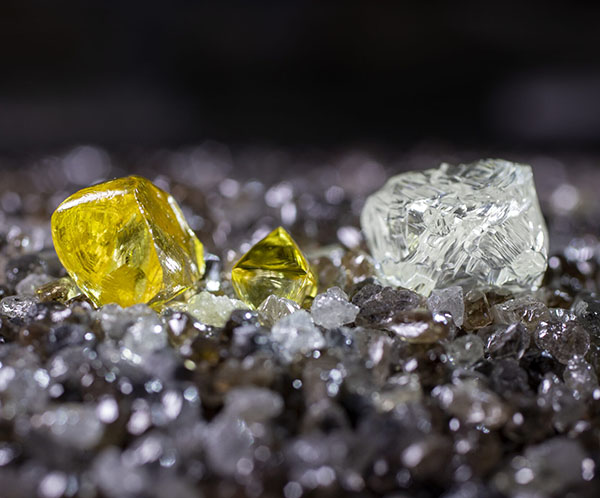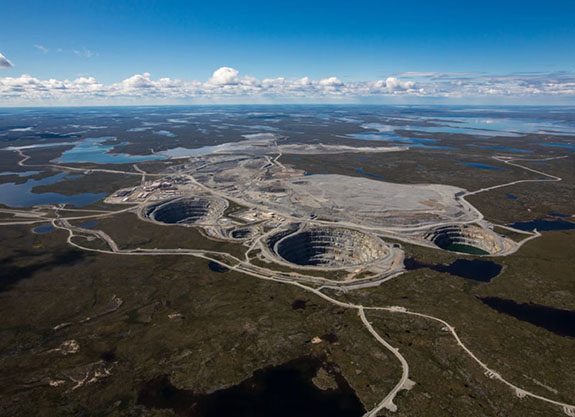Geologists Predict Untapped Diamond Wealth in Antarctica and Western Australia
East Antarctica and Western Australia could be hiding an untapped wealth of rough diamonds, according to geologists at the University of Wollongong.
Employing supercomputing power from the National Computational Infrastructure in Canberra, Australia, the geologists set out to explore the dynamics that propel diamonds to the surface from deep within the Earth.
What they found were giant "pillars of heat" rooted 2,900 km (1,800 mi) below ground, just above our planet’s core. The pillars provide the fuel that connects the very deep Earth to the surface via volcanic eruptions of an igneous rock known as kimberlite. It is believed that natural diamonds typically form at a depth of 150 to 200 km (93 to 124 mi).
Ömer F. Bodur and Nicolas Flament at Australia's University of Wollongong created three-dimensional geodynamic models of Earth’s mantle that accounted for the movement of continents on the surface and into the mantle over the past one billion years.
Via their modeling, the geologists were able to explain most kimberlite eruptions over the past 200 million years, specifically in Africa, Brazil, Russia and partly in the United States and Canada. They reported that exactly 178 eruptions occurred in Canada, followed by South Africa (158), Angola (71) and Brazil (70).
In a surprising twist, the geologists also mapped previously unknown kimberlite sites in East Antarctica and the Yilgarn Craton of Western Australia. Once explored, these locations could provide a brand new source of valuable diamonds, as well as crucial minerals, such as cobalt, nickel and rare earth elements.
The research was published last month in the journal Nature Geoscience. The researchers also co-authored a piece about the subject at the scholarly website, The Conversation. You can check out their article here…
Credit: Images of loose diamonds and Ekati Diamond Mine courtesy of Arctic Canadian Diamond Company.








